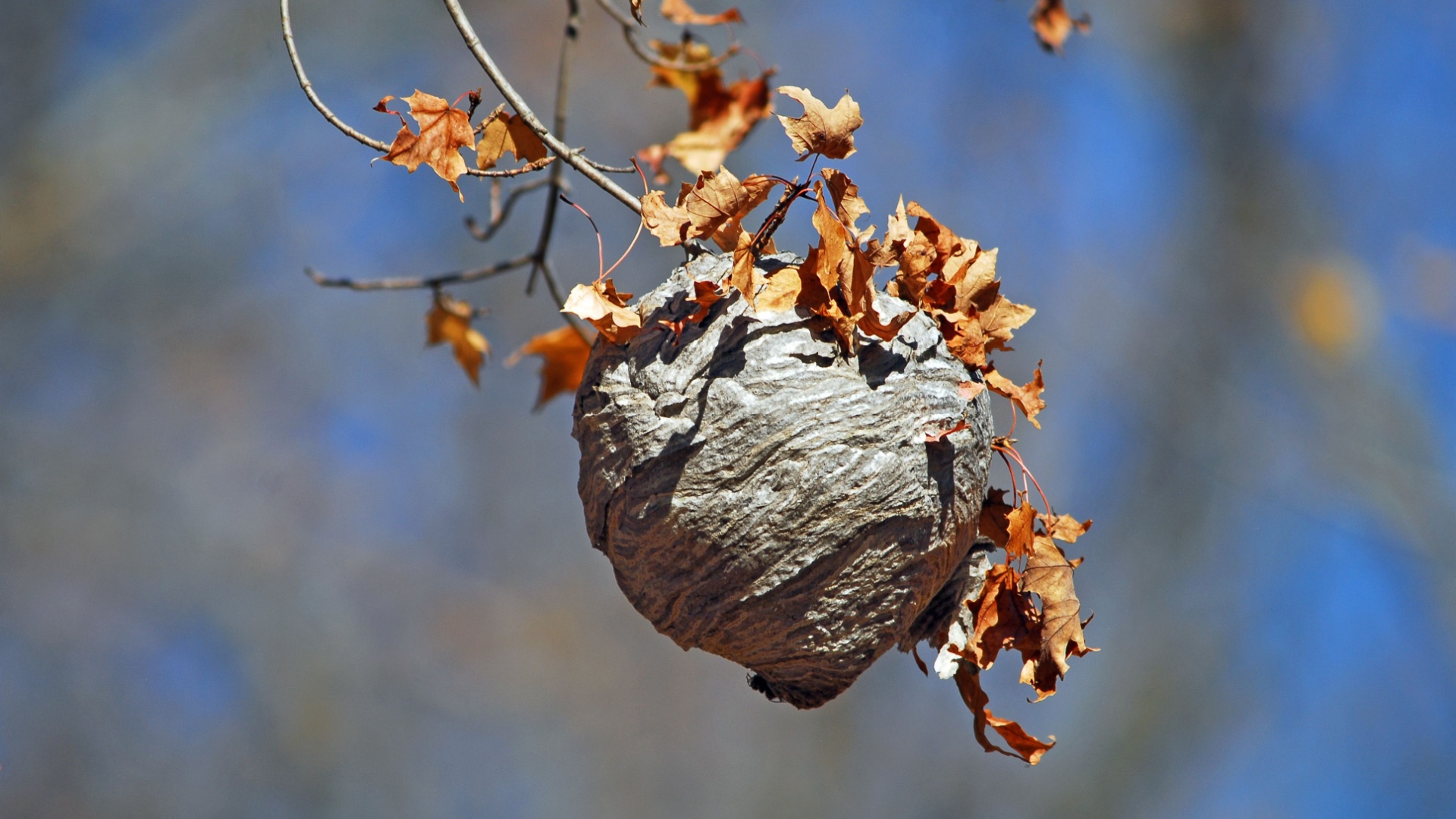In the fascinating world of insects, architecture is not merely a necessity but an art form. Unlike human architects, these tiny creatures work with instinct and precision, creating structures that are both functional and awe-inspiring.
From underground labyrinths to aerial nests, their homes reflect a mastery of engineering and adaptation to their environment.
Let’s explore some incredible insect architects and the masterpiece homes they construct. Each one of these insects exhibits a unique approach to building, showcasing the diversity and ingenuity of nature’s tiny builders.
Dive into the world of insect architecture and discover the extraordinary homes they create, which not only serve as shelters but also as testimonies to their survival skills and ecological roles.
Get ready to be amazed by the creativity and complexity of these insect homes, crafted without blueprints, yet standing as marvels of natural engineering.
1. Termite Mounds

Termites are renowned for constructing some of the most remarkable structures in the insect world. Their mounds can reach up to 30 feet high, towering over the landscape and serving as a testament to their architectural prowess.
Inside these towering edifices are a labyrinth of tunnels and chambers, precisely engineered to maintain specific temperature and humidity levels. These conditions are crucial for the survival of their colony and the cultivation of their primary food source, fungus.
The design of termite mounds is also highly adaptive. Ventilation shafts are integrated into the structure to allow air flow, which helps regulate the internal climate.
This natural air conditioning system is a marvel of efficiency, showcasing how termites utilize physics to their advantage.
The teamwork involved in constructing these mounds is another impressive aspect. Each termite has a role, working together in harmony to achieve a common goal—creating a safe and sustainable home for their colony.
2. Honeybee Hives
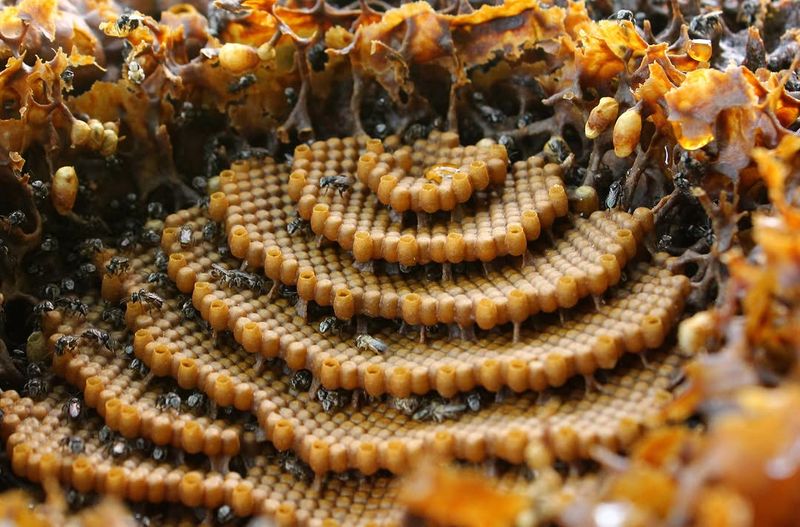
They are master builders, known for their perfectly hexagonal honeycomb structures. These hives are not only storage units for honey and pollen but also nurseries for their young.
The hexagonal pattern is mathematically efficient, allowing bees to maximize storage space while using the least amount of wax. This efficiency extends to temperature regulation; bees vibrate their wings to maintain a consistent environment within the hive.
The hive operates as a well-organized society, with worker bees, drones, and a queen each playing distinct roles.
Worker bees are responsible for foraging, building, and protecting the hive. Meanwhile, the queen’s primary role is to reproduce, ensuring the hive’s future.
This division of labor is critical for the hive’s success and survival. Honeybee hives are a brilliant example of nature’s ingenuity, showing how insects can create complex, functional homes that support elaborate social systems.
3. Ant Colonies
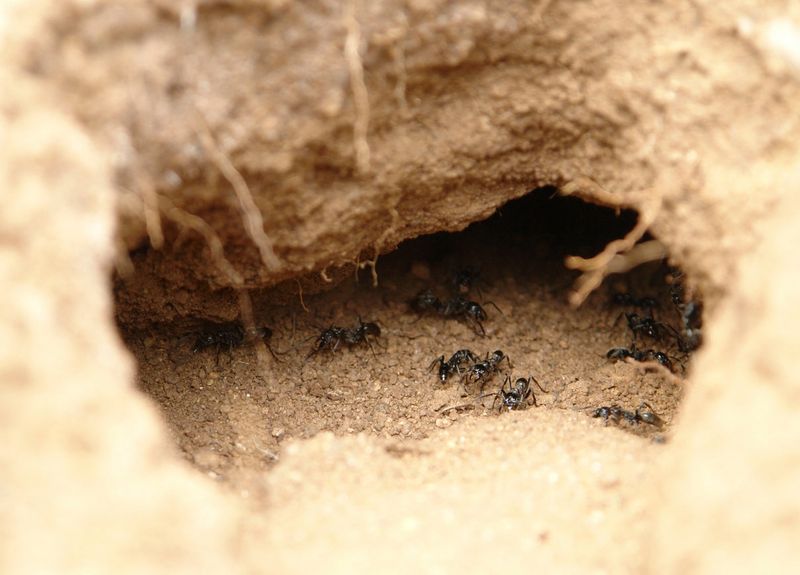
They are marvels of underground engineering, consisting of intricate networks of tunnels and chambers. Each colony is meticulously organized, with specific areas designated for nurseries, food storage, and waste disposal.
The cooperative efforts of ants in building and maintaining these colonies are nothing short of extraordinary.
In constructing their homes, ants display remarkable problem-solving skills and adaptability. They work together to excavate soil and transport materials, forming complex structures that can extend several feet below the surface.
The architecture of an ant colony is optimized for efficiency, with tunnels designed to facilitate air flow and regulate temperature.
Social structure within the colony is also impressive. The division of labor includes worker ants, soldiers, and a queen, each fulfilling essential roles.
This organization ensures the colony’s survival and prosperity. Ant colonies exemplify how insect architects can create sustainable, functional habitats that support sophisticated social systems.
4. Paper Wasp Nests
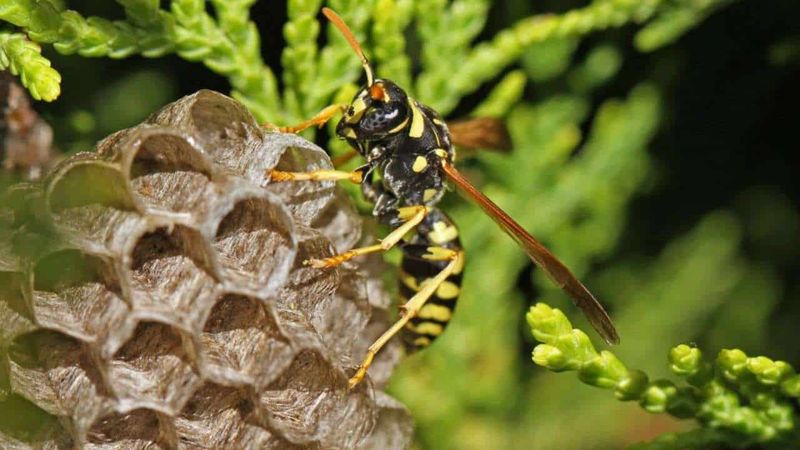
These wasps construct their nests from a papery material, made by mixing chewed wood fibers with saliva.
These nests are often found hanging from tree branches or eaves, showcasing a delicate yet sturdy architecture. Each nest is composed of several layers of hexagonal cells, designed to house the colony’s larvae.
The construction process is a collective effort, with wasps working in unison to gather materials and build the nest. The structure is specifically designed to be lightweight yet resilient, able to withstand environmental challenges like wind and rain.
Inside, the nest is a hub of activity, with worker wasps tending to the larvae, foraging for food, and maintaining the nest’s structure.
The paper wasp nest is a testament to the ingenuity and efficiency of insect architects, demonstrating how they can create homes that are both functional and protective, serving the needs of their community.
5. Mud Dauber Nests
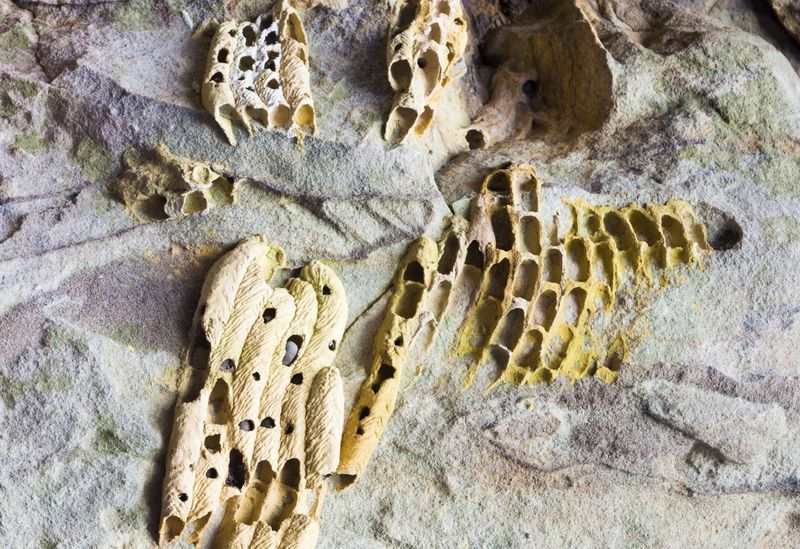
Mud daubers are solitary wasps known for their unique nests, made from mud. These nests consist of cylindrical tubes, often found attached to walls or ceilings. Each tube serves as a separate chamber for the wasp’s offspring, providing protection and a controlled environment for development.
The construction process is meticulous, with the mud dauber collecting mud and carefully shaping it into tubes. Once the nest is built, the wasp provisions it with paralyzed prey, typically spiders, as food for the larvae.
This not only sustains the young but also secures their environment against predators. Mud dauber nests are fascinating examples of how insects can utilize available materials to create secure and efficient homes.
The solitary nature of mud daubers adds to the intrigue, highlighting their independence and skill in constructing individualized habitats that cater to their survival needs.
6. Bald-Faced Hornet Nests
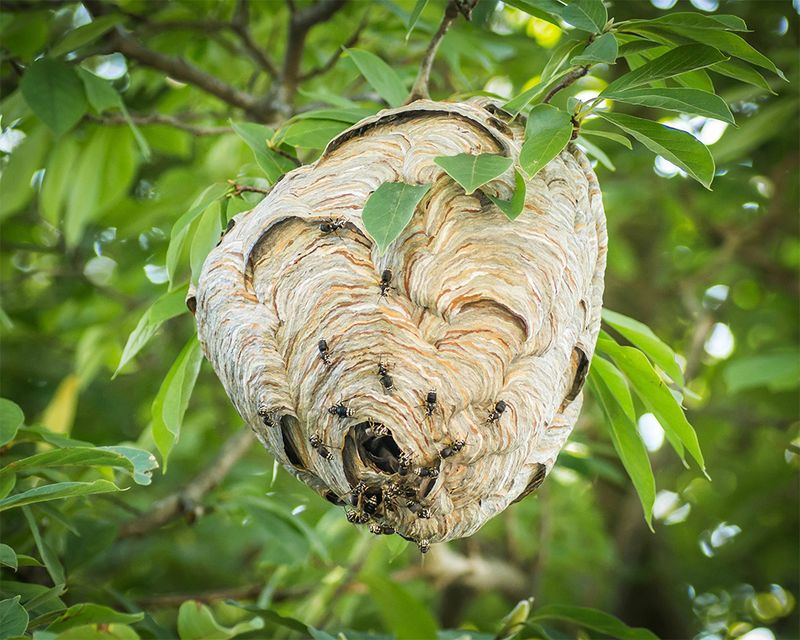
Probably one of my favorite structures on this list! Bald-faced hornets are known for their large, spherical nests, constructed from a paper-like material made by chewing wood fibers.
These nests are typically found hanging from trees or shrubs and can house hundreds of hornets. The exterior is smooth and gray, with a single entry point to control access.
Inside, the nest comprises multiple layers of cells, where the queen lays eggs, and workers tend to the larvae.
The construction is a collaborative effort, with hornets continuously expanding the nest to accommodate the growing population. This process involves gathering materials, building new layers, and maintaining the structure’s integrity.
The nest’s design efficiently protects the colony from environmental threats and predators. Bald-faced hornet nests are remarkable examples of insect architecture, reflecting the hornets’ ability to create complex, secure homes that sustain their community and ensure its growth and survival.
7. Weaver Ant Nests
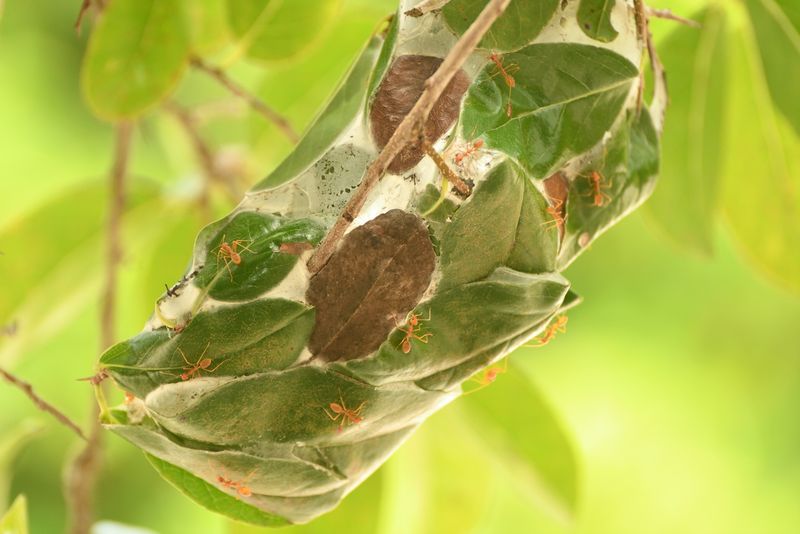
Exceptional architects who construct nests by stitching together leaves with silk produced by their larvae. These nests are typically found in trees and are a testament to the ants’ cooperative skills and ingenuity.
The process involves using live leaves, which the ants pull together and hold in place while the larvae produce the silk to bind them.
The nest’s design is not only innovative but also highly functional, providing shelter and safety for the colony. Inside, it consists of multiple chambers for different purposes, such as nurseries and storage areas. This organization ensures the efficient functioning of the colony.
Weaver ants rely on teamwork, with each ant playing a role in the construction and maintenance of the nest.
Their ability to adapt and utilize available resources highlights their ingenuity and problem-solving skills. Weaver ant nests stand as extraordinary examples of how insects can engineer complex, sustainable habitats.
8. Caddisfly Larvae Cases
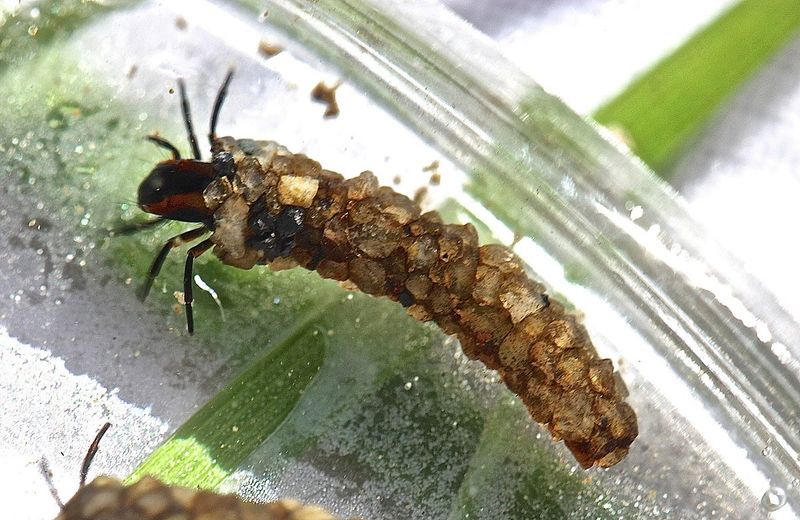
Caddisfly larvae are unique architects of the insect world, crafting protective cases from materials found in their aquatic environments. These larvae use silk to bind together small stones, sand, and plant debris, creating a tubular case that provides protection from predators.
The construction process is meticulous, with larvae selecting materials that blend into their surroundings, offering camouflage and security. The case is carried by the larva as it moves, acting as a mobile home. This ingenious design enables the caddisfly larva to navigate its environment while remaining shielded.
As the larvae grow, they expand their cases by adding new materials, demonstrating adaptability and resourcefulness.
Caddisfly larvae cases are marvelous examples of how insects can utilize natural materials to create functional, protective homes. This creativity and adaptability ensure their survival in the dynamic and often challenging aquatic habitats they inhabit.
9. Honeycomb Moth Larvae Cases
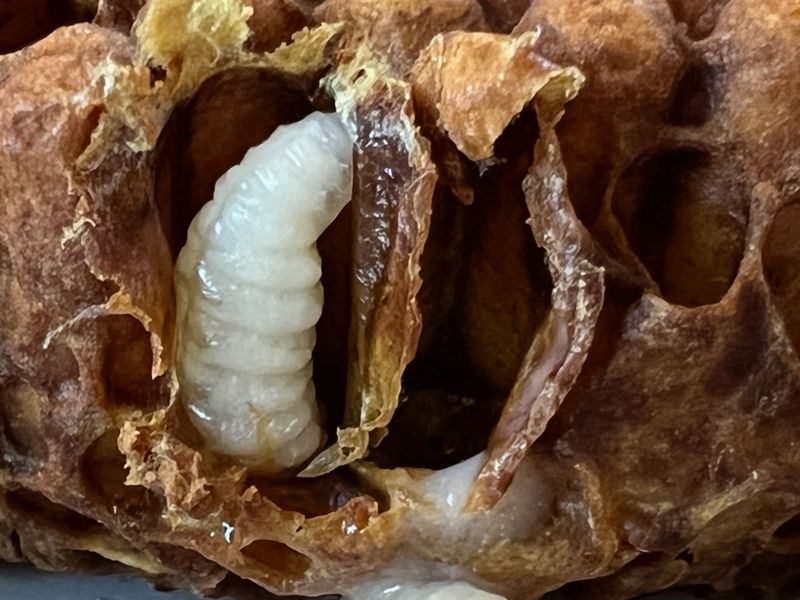
These cases serve as mobile shelters, allowing larvae to move freely while remaining protected. The construction process involves spinning silk threads and incorporating materials like dust and frass, creating a camouflage that blends seamlessly with their environment.
Inside the case, the larva is safe from predators and environmental threats. It can feed on honeycomb and other organic materials, utilizing its shelter as both protection and feeding ground. As the larva grows, it expands its case, continuing to fortify its defenses.
This adaptability and strategic use of resources reflect the ingenuity of honeycomb moth larvae. Their ability to create functional, protective homes in dynamic environments showcases the diverse and resourceful nature of insect architects.
Honeycomb moth larvae cases are an excellent example of how even the smallest creatures can engineer remarkable survival solutions.
10. Orb-Weaver Spider Webs
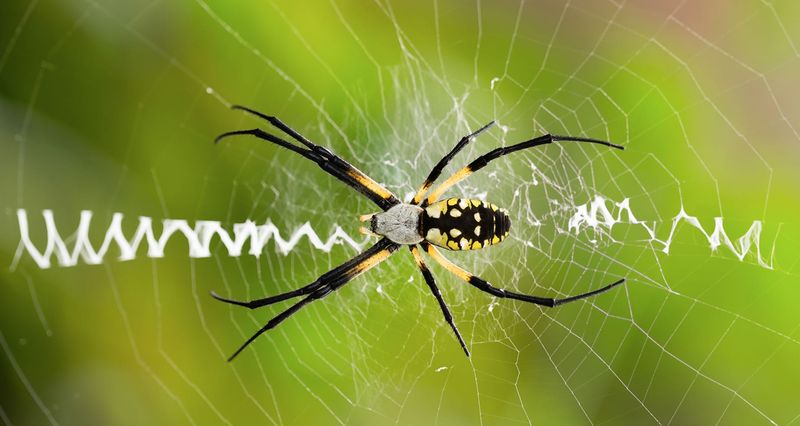
Orb-weaver spiders are renowned for their intricate webs, which serve as both homes and hunting grounds.
These webs are constructed with a silk that is both strong and flexible, able to withstand environmental changes and capture prey. The design of the web is an architectural marvel, featuring radial lines and a spiral pattern that maximizes surface area and strength.
Spiders meticulously construct their webs, often spinning them anew each night. This process involves strategic planning and precision, as the spider must anchor the web securely and maintain its structural integrity.
The web’s symmetrical design not only aids in capturing prey but also in sensing vibrations, alerting the spider to potential catches.
The orb-weaver’s web exemplifies the spider’s ability to create complex, functional structures that serve multiple purposes. These webs are a testament to the spider’s survival skills and adaptability, highlighting the incredible architectural feats achievable by nature’s smallest builders.
11. Leafcutter Ant Fungus Gardens
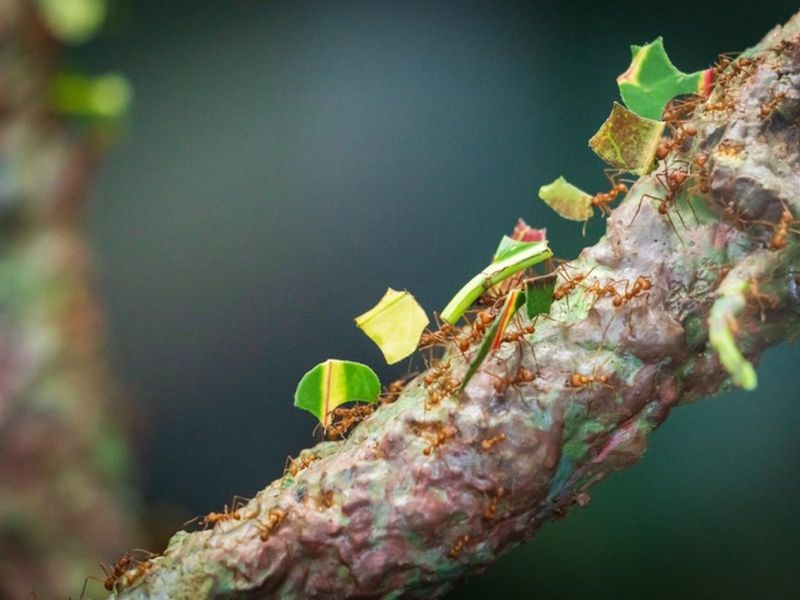
Leafcutter ants are renowned for their agricultural prowess and their role in our ecosystems, cultivating fungus gardens underground.
These gardens are meticulously maintained and serve as the primary food source for the colony. The ants harvest leaves, which they transport back to the nest and use to cultivate the fungus.
The construction and maintenance of these gardens require precise engineering. The underground chambers are designed to optimize conditions for fungal growth, such as temperature and humidity.
Leafcutter ants demonstrate remarkable teamwork in this process, with different castes performing specialized roles to ensure the garden’s success. This symbiotic relationship between ants and fungus is a fascinating example of insect ingenuity.
Leafcutter ants’ ability to engineer environments that sustain their food source showcases their adaptability and problem-solving skills.
Their fungus gardens are a testament to their architectural and agricultural expertise, highlighting the complex social systems and ecological interactions present in the insect world.
12. Bee Hotels
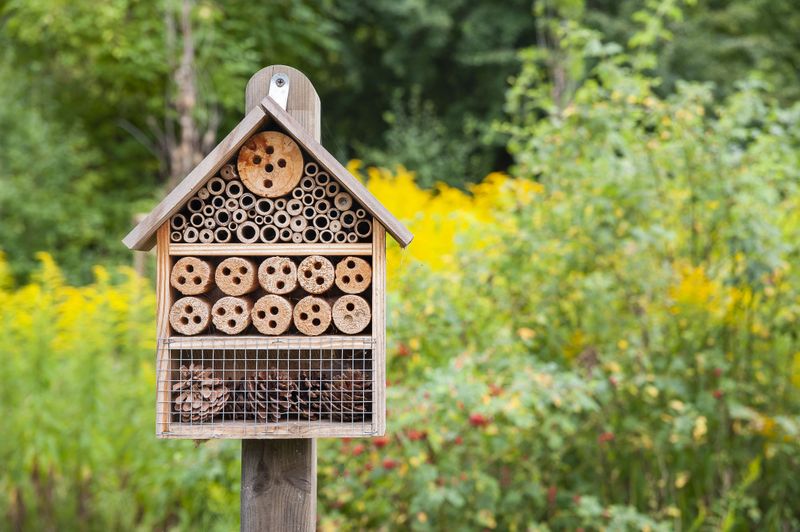
These are human-made structures designed to support solitary bee populations, featuring a variety of tubes and nesting materials.
These hotels provide essential habitat for bees that do not live in colonies, offering a safe place to lay eggs and rear young. The design of a bee hotel mimics natural nesting sites, facilitating conservation efforts.
Solitary bees play a critical role in pollination, and these hotels help bolster their populations by providing necessary resources. The construction typically involves using bamboo tubes, hollow reeds, and wood blocks with drilled holes, catering to different bee species.
Bee hotels highlight the importance of human intervention in supporting biodiversity. They serve as educational tools, raising awareness about the vital role of pollinators and encouraging sustainable practices.
These structures are a testament to the collaboration between humans and nature, showing how simple architectural designs can make a significant impact on ecological health.
13. Mason Bee Nests
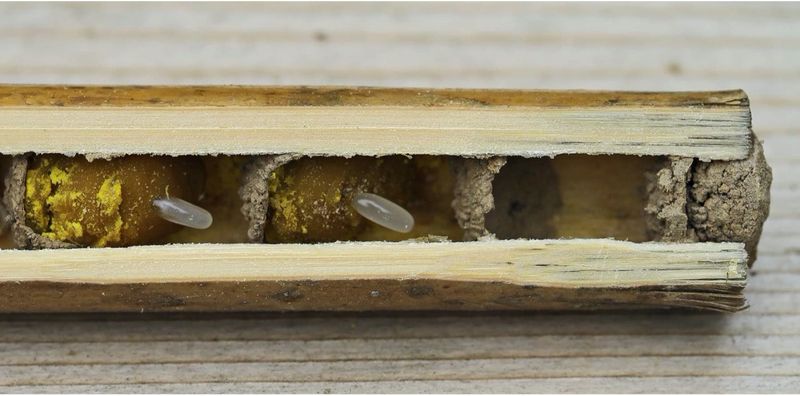
They are solitary insects known for their unique nesting habits, utilizing natural cavities like hollow stems and tubes.
They construct their nests by partitioning these spaces with mud, hence the name ‘mason.’ Each cell within the nest houses an egg and a supply of pollen and nectar for the developing larva.
The construction process is precise, with female mason bees gathering mud and carefully sealing each chamber.
This method protects the brood from predators and environmental elements. Mason bees are efficient pollinators, and their nesting habits reflect their adaptability and resourcefulness.
These nests are a fascinating example of how solitary insects can engineer secure homes using simple materials. Mason bee nests highlight the diversity of insect architecture and the intricate relationships between insects and their environments.
By providing essential pollination services, mason bees play a crucial role in maintaining ecosystem health, showcasing the broader ecological significance of their nesting behavior.
14. Silk Moth Cocoons
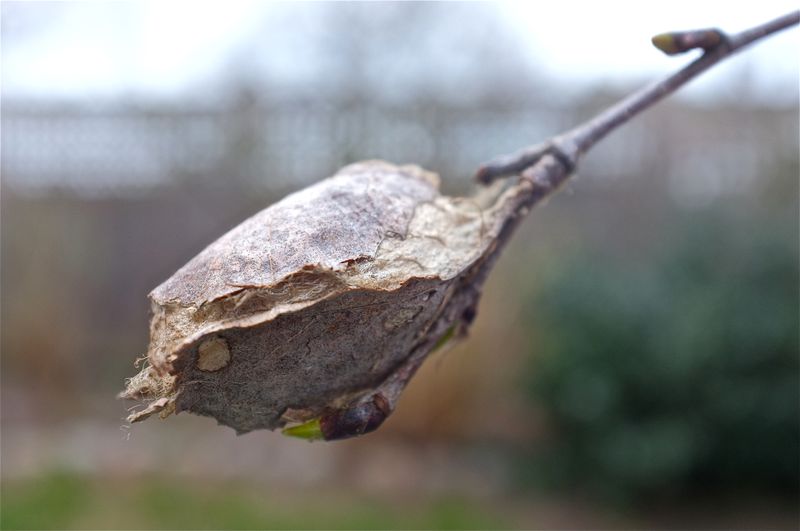
Silk moths are renowned for the luxurious cocoons they create, spun with silk threads. These cocoons serve as protective shelters during the pupal stage, ensuring the moth’s development in a safe environment.
The construction process is meticulous, with the larva producing silk from specialized glands and wrapping itself in layers.
The cocoon’s design is optimized for protection, shielding the developing moth from predators and environmental challenges. It also provides insulation, maintaining a stable internal climate for metamorphosis.
Silk moths, especially those used in sericulture, demonstrate the incredible versatility and value of insect architecture.
These cocoons are a testament to the ingenuity of nature, showcasing how insects can create complex, functional structures even at such a small scale.
Silk moth cocoons highlight the intricate balance between biology and architecture, offering insights into the diverse strategies insects employ to ensure their survival and successful transformation.
15. Gall Wasps And Galls
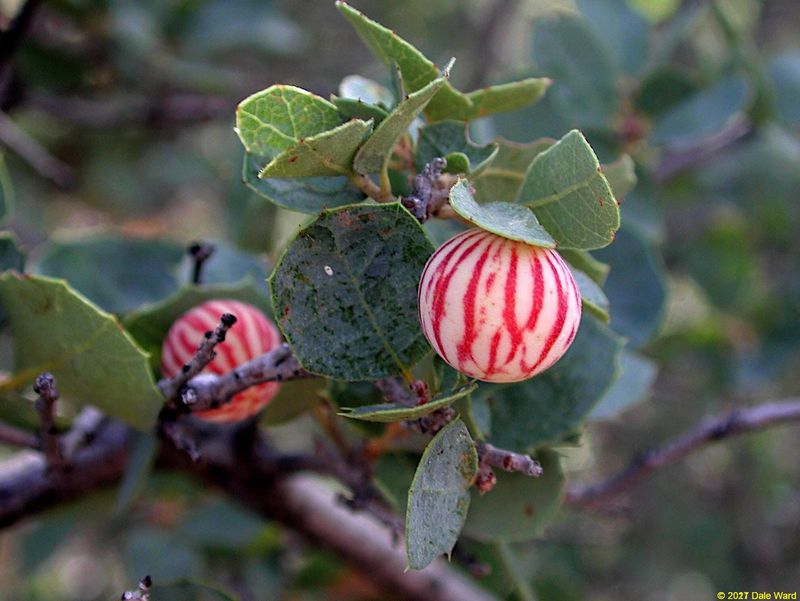
Gall wasps are fascinating insect architects that induce plant tissues to form galls, which serve as both homes and food sources for their larvae.
This process begins when a female wasp lays eggs in a plant, triggering a growth response that forms the gall. Each gall is unique, varying in shape and size depending on the host plant and wasp species.
The gall provides a secure environment for the developing larvae, offering protection from predators and harsh weather.
Inside, the larvae have access to a rich supply of nutrients, supporting their growth until they emerge as adults. This symbiotic relationship highlights the complex interactions between insects and plants.
Gall wasps demonstrate how insects can manipulate their environment to create specialized habitats. Their ability to induce plants to grow protective structures showcases a unique form of architecture in the natural world, reflecting the intricate ecological dynamics that underpin insect survival and adaptation.

